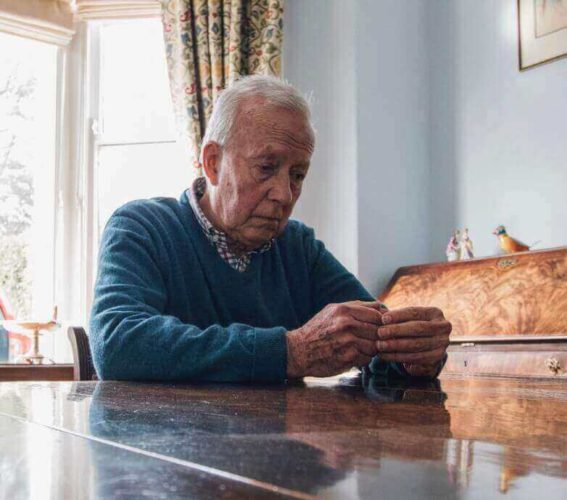Important things to know about the “mini-stroke”
A warning sign of a future stroke may already appear in the form of a transient ischaemic attack (TIA) – also called a “mini-stroke”. It is the result of a temporarily blocked blood vessel in the brain that leads to stroke symptoms only lasting for a short period. TIA is one of three main stroke types. The other two types are ischemic and hemorrhagic.
When does it occur?
TIAs occur when there is a temporary clot in the brain that clears up within moments. Because there are limited immediate consequences of a TIA, many people ignore the important warning sign that it is. If a person has become the subject of a TIA, there are likely more clots in their body that could eventually restrict blood flow in the brain for a longer period of time.

- Face drooping to one side
- Arms: one arm will fall when raised above head
- Speech will be slurred or jumbled
- Time: call 9-1-1 immediately after noticing symptoms

TIA statistics:
- An estimated one-third of the people who experience a TIA will go on to have a severe stroke attack within one year.
- Approximately 15% of strokes are preceded by TIAs.
- Risk of TIA and other strokes increase with age.
The risk of a future ischaemic stroke can be significantly reduced if medical help is sought immediately after a TIA. Stay up to date on CBC Health updates by following our blog here.



